Manual Trapp LF-55RC Lawn Mower
Need a manual for your Trapp LF-55RC Lawn Mower? Below you can view and download the PDF manual for free in English. This product currently has 8 frequently asked questions, 0 comments and has 0 votes. If this is not the manual you want, please contact us.
Is your product defective and the manual offers no solution? Go to a Repair Café for free repair services.
Manual
Loading…

Loading…
Rating
Let us know what you think about the Trapp LF-55RC Lawn Mower by leaving a product rating. Want to share your experiences with this product or ask a question? Please leave a comment at the bottom of the page.More about this manual
We understand that it’s nice to have a paper manual for your Trapp LF-55RC Lawn Mower. You can always download the manual from our website and print it yourself. If you would like to have an original manual, we recommend you contact Trapp. They might be able to provide an original manual. Are you looking for the manual of your Trapp LF-55RC Lawn Mower in a different language? Choose your preferred language on our homepage and search for the model number to see if we have it available.
Specifications
| Brand | Trapp |
| Model | LF-55RC |
| Category | Lawn Mowers |
| File type | |
| File size | 3.88 MB |
All manuals for Trapp Lawn Mowers
More manuals of Lawn Mowers
Frequently Asked Questions about Trapp LF-55RC Lawn Mower
Our support team searches for useful product information and answers to frequently asked questions. If you find an inaccuracy in our frequently asked questions, please let us know by using our contact form.
How do I know when to sharpen the blades of my lawn mower? Verified
Sharp blades cleanly cut the grass. Dull blades roughly tears the grass which will quikly turn brown. If the lawn mower produces teared grass, then the blades should be sharpened or replaced.
This was helpful (2407) Read moreWhat is mulching? Verified
Some lawn mowers are able to mulch. Mulching finely shreds the grass and blows it back to the lawn. There the mulch functions as nutrition and protection for the grass.
This was helpful (790) Read moreI accidentally put diesel in my petrol lawn mower, what should I do? Verified
Do NOT use the lawn mower. The only option is to completely empty the tank and fill it with the right fuel.
This was helpful (720) Read moreWhat is the best lenght for my grass? Verified
To prevent the grass from drying out it should not be too short. It's better to mow the grass more often than to cut it too short. The optimal length it between 3 and 4 centimeter.
This was helpful (420) Read moreCan I mow grass when it's wet? Verified
It is possible, but not advisable. When grass is wet it will lump together during mowing, preventing an optimal result.
This was helpful (284) Read moreWhat is the right moment to mow my lawn? Verified
The best months for lawn mowing are March to October. Mowing should be done once or twice a week depending on how fast the grass grows. The best time of day to mow the grass is at the end of the afternoon and never in full sunlight. This is to prevent the grass from drying out after being cut.
This was helpful (255) Read moreAt what lawn surface do I choose an electric mower and at which surface a petrol mower? Verified
For surfaces up to 300m² you can use a battery driven mower. For surfaces larger than that it is recommended to use a petrol mower.
This was helpful (206) Read moreCan I let a robot mower work in the night? Verified
It's better not to let a robot mower work in the night. Some animals, like hedgehogs, are mostly active at night. They are often not quick enough to escape from the robot mower and can get severely wounded or killed.
This was helpful (206) Read more


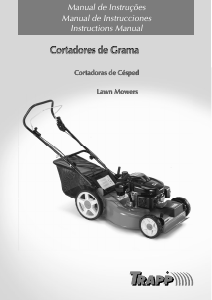
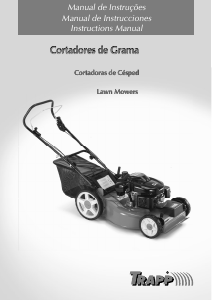
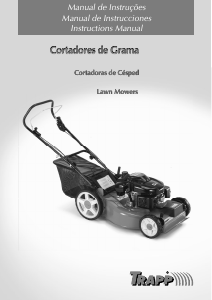
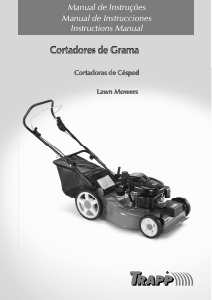
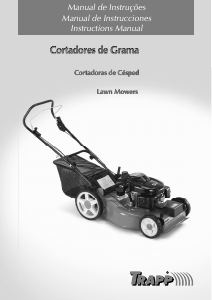
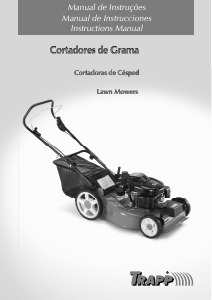
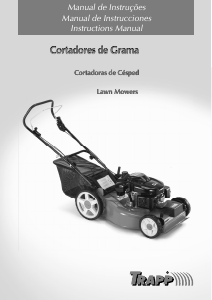
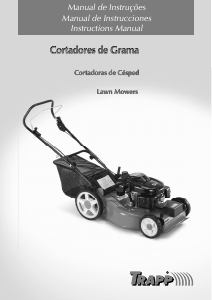
Join the conversation about this product
Here you can share what you think about the Trapp LF-55RC Lawn Mower. If you have a question, first carefully read the manual. Requesting a manual can be done by using our contact form.